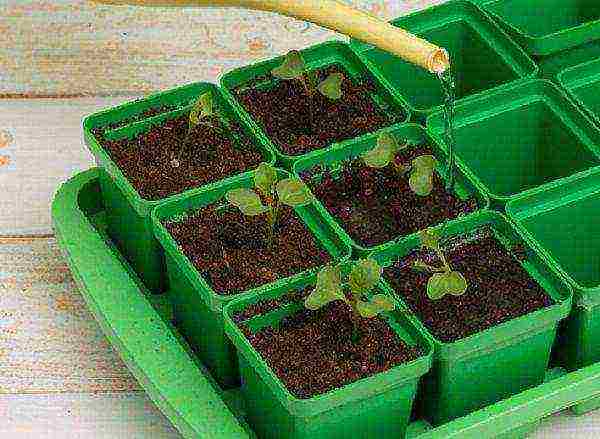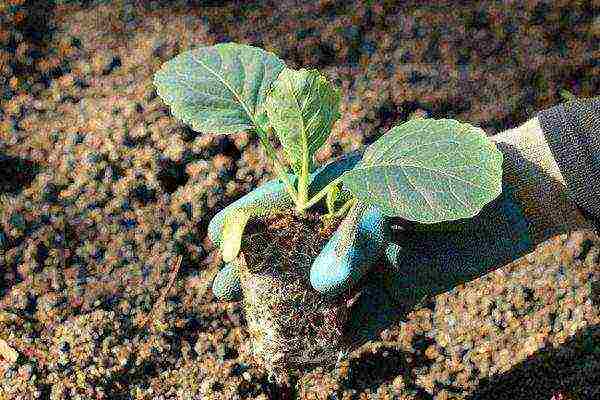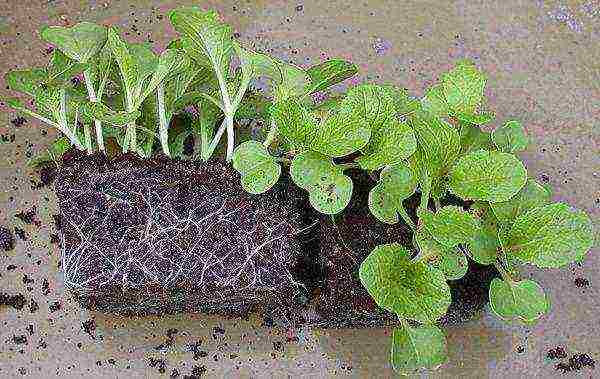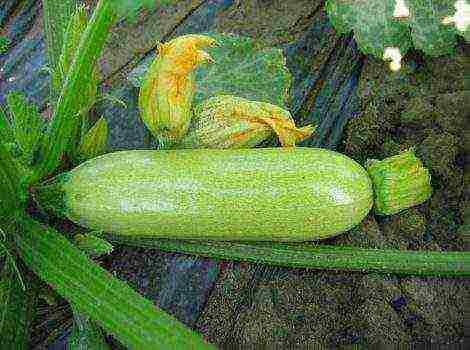Content
Why cabbage seedlings turn yellow and dry and what to do
Cabbage is a whimsical crop if grown at home. This is due to a number of factors: violation of the temperature regime, excessive watering, insufficient feeding, infection with diseases and pests, why it can at least begin to dry out. Seedlings dry and turn yellow in almost every novice gardener.
Also, the leaves can curl or fall, become covered with colored spots, special attention should be paid to these signs, because the plant can begin to disappear and eventually die.
Why cabbage leaves can turn yellow, dry or wither
Gardeners note two main reasons why cabbage leaves begin to bind:
- improper care;
- damage by diseases and pests.
If cabbage leaves begin to curl and dry out, then this is a sign of pests on the plant.
Pest infestation
- Aphid. Small light colored insects infect plant leaves. They multiply in large numbers and suck sap from young seedlings, which is why the plant can begin to die.
- Spider mite. Infection manifests itself in the form of barely noticeable cobwebs on the back of the leaf, sticky secretions and black specks. The surface of the leaves becomes mottled with light spots. Gradually, they begin to turn yellow and dry.
- Blackleg. The disease is characterized by blackening and thinning of the stem of the plant. Gradually, it breaks and the sprout dies.
- Fusarium. The disease is characterized by yellowing and bridging of the leaves of the seedlings.
- Keela. It is characterized by the formation of tubers on the roots of seedlings. It is detected when diving or landing in open ground. The disease is transmitted through the soil in which the plants grew.
- Aphid
- Spider mite
- Blackleg
- Fusarium
- Keela
Violation of the rules of care
- Temperature conditions. In the early stages of growth, plants are placed in cool rooms. The conditions of the windowsill when the heating is operating create a too hot climate, which contributes to the drying out of the foliage.
- Lighting. Lack of lighting leads to poor seedling development and green mass loss. When choosing a place to place seedlings, you should focus on good lighting or organize additional lighting.
- Priming. Most cabbage varieties thrive in neutral or alkaline environments. Plants do not tolerate high acidity.
- Watering. Cabbage is a moisture-loving plant, but excess watering leads to acidification of the soil. As a result, the supply of oxygen to the roots is disrupted. As a result of oxygen starvation, the leaves dry and wither.

Methods for dealing with yellow foliage
Compliance with the rules for caring for seedlings and preventing diseases will help prevent drying out in young plants.
Correct feeding
Cabbage grows well with abundant feeding... If there is a lack of fertilizer immediately after planting in the ground, the leaves may turn yellow and dry out.
Experts recommend fertilizing 2-3 times at the seedling stage and 3-4 times during the season after landing in open ground. The last feeding is carried out at the stage of head formation. Nitrogen, phosphorus potassium fertilizers, and the introduction of iron help well from yellowing of the foliage.
Organization of competent watering
Excess watering leads to the development of diseases and rotting of the root system. Seedlings on the windowsill are watered 1-2 times a day... Before watering, check the condition of the soil. The top layer must be dry.

Compliance with light and temperature conditions
After germination, the seedlings must be placed in a cool room with a temperature not higher than 12 degrees... Excessive heat leads to the elongation of the shoots and the development of a weak root system. Lack of light also leads to elongation of the sprouts.
The situation can be corrected by changing temperature and light conditions, additional lighting in the dark, watering with anti-stress drugs Epin-Extra, Zircon.
Landing in the ground
When planting on ridges, damage to the root system occurs. As a result, the lower leaves turn yellow. In such a situation, seedlings are additionally feedand dry leaves gently cut off.

Pest control
For pest control, pre-treatment of seeds is carried out before planting seedlings. The soil in which the seedlings are placed is also subjected to antiseptic treatment.
If aphids or spider mites are found, the leaves are washed under running water and sprinkled with a thin layer wood ash... Plants affected by blackleg or keel it is recommended to destroy.
For healthy seedlings, they organize the right care conditions (reduce watering, lower the temperature, lower acidity, thin out the planting).
Reasons for poor seedling growth
In some cases, even good seedlings can produce poor growth performance. Experts identify a number of reasons for the poor development of seedlings:
- deepening of seeds;
- excessive or insufficient watering;
- violation of the temperature regime;
- dry air in a room with landings;
- strong drafts;
- damage by diseases and pests;
- thickening of landings;
- lack of lighting;
- lack of nutrients in the soil.
All these reasons lead to the development of a weak root system and impaired growth seedlings.

Effective methods of stimulating growth
The correct selection of seed and its placement in the ground ensures the rapid growth of strong plants.
- Selection of seed. For planting, use only even seeds without visible damage. It is important to check the expiration dates on the packaging.
- The choice of soil. Cabbage does not grow well in acidic soil. An effective method of stimulation is to reduce acidity. For this, they are lime in the ground.
- Disinfection and soaking of seeds. Cabbage seeds germinate faster and are less susceptible to pests if soaked in a cold solution of manganese or a growth promoter.
- Deepening and thickening of plantings. The seeds are sown to a depth of 1 cm. The large depth of the holes leads to poor germination of seedlings. After the emergence of seedlings, the cabbage is thinned out. An area of 2 × 2 cm is allocated for 1 sprout.
- Top dressing. Timely feeding allows you to stimulate the growth of seedlings. It is done in three stages. The first one is 10 days after the pick. The second stage is 2 weeks after the first feeding.The third stage - 4-5 days before planting in the ground.
- The use of growth stimulants. With proper care and insufficient growth of cabbage, stimulants are used. The drugs are used for soaking seeds, planting plants in the ground, the appearance of unfavorable conditions in the form of diseases, frost, insufficient illumination. Effective drugs: EPIN, Epin-Extra, Immunocytophyte, Heteroauxin.
It is quite possible to grow strong seedlings without dry and yellow leaves at home. The main thing is to adhere to the rules for caring for plants, choose a suitable place and timely prevent diseases when growing at home on the window and in the garden.


